Home>Maintenance & Safety>Pest Control Solutions>How Fast Can Yellow Jackets Fly
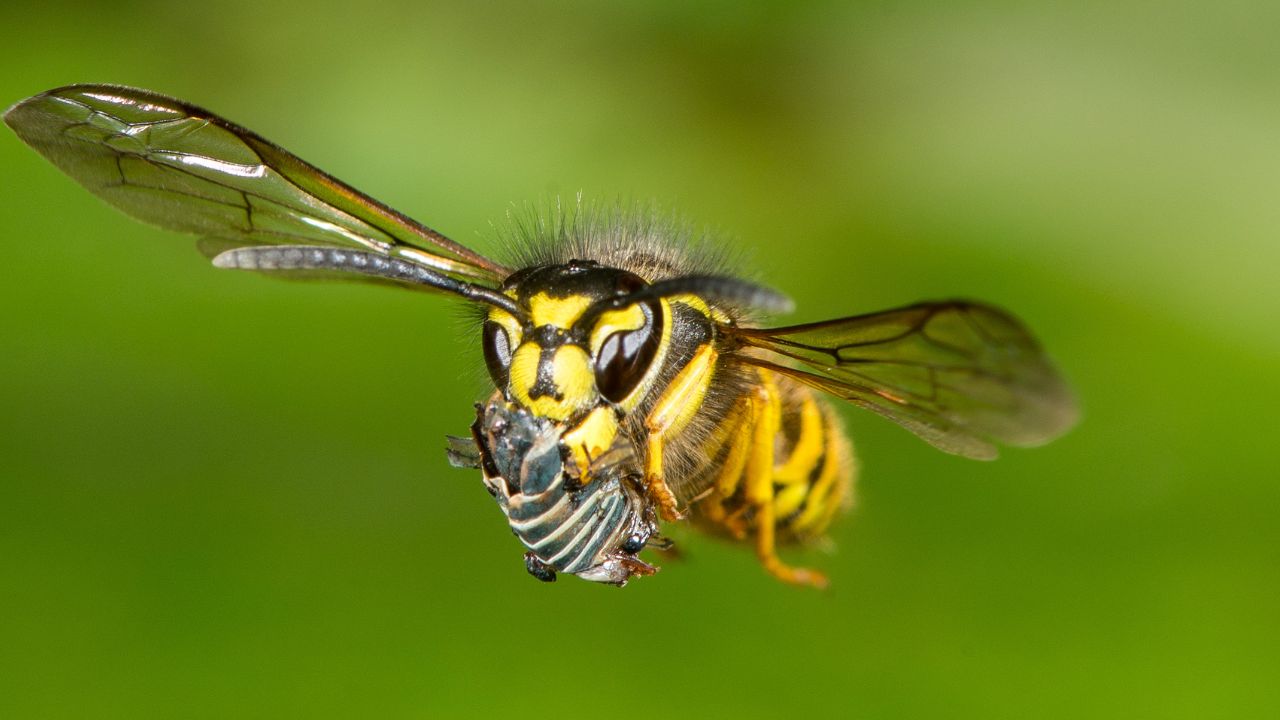

Pest Control Solutions
How Fast Can Yellow Jackets Fly
Modified: October 18, 2024
Looking for pest control solutions? Learn about the flying speed of yellow jackets and effective ways to manage them. Keep your home safe with expert tips.
(Many of the links in this article redirect to a specific reviewed product. Your purchase of these products through affiliate links helps to generate commission for Storables.com, at no extra cost. Learn more)
Introduction
Yellow jackets are a common sight during the warmer months, buzzing around picnics, gardens, and outdoor events. These aggressive insects are known for their distinctive yellow and black markings and their painful stings. One of the remarkable aspects of yellow jackets is their ability to swiftly navigate through the air, making them a formidable presence in outdoor spaces.
Understanding the flight capabilities of yellow jackets is essential for pest control experts and individuals seeking to protect themselves from potential encounters. By delving into the intricacies of their flight speed and the factors that influence it, we can gain valuable insights into their behavior and develop effective strategies for managing their presence.
In this article, we will explore the fascinating world of yellow jackets, shedding light on their anatomy, flight speed, and the various factors that impact their aerial prowess. By unraveling the mysteries of these agile insects, we can gain a deeper appreciation for their remarkable abilities and learn how to coexist with them in a harmonious manner. So, let's embark on this enlightening journey into the world of yellow jackets and uncover the secrets of their impressive flight capabilities.
Key Takeaways:
- Yellow jackets can fly at speeds of 12 to 15 miles per hour, allowing them to swiftly hunt for food and defend their colonies with impressive agility.
- Environmental conditions, foraging needs, and nest defense all influence the flight speed of yellow jackets, showcasing their adaptability and resilience in the natural world.
Read more: How Harmful Are Yellow Jackets?
Anatomy of Yellow Jackets
Yellow jackets, scientifically known as Vespula spp., are a species of predatory wasps that belong to the family Vespidae. These insects exhibit a remarkable level of anatomical specialization, which contributes to their exceptional flying abilities and predatory nature. Understanding the intricate anatomy of yellow jackets provides valuable insights into their physical adaptations and behavioral traits.
Physical Characteristics
Yellow jackets are characterized by their slender, elongated bodies, featuring a distinctive black and yellow coloration. Their exoskeleton, composed of a tough, chitinous material, provides protection and structural support, enabling them to withstand the rigors of flight and predatory activities. The segmented structure of their bodies allows for flexibility and agility, essential for swift aerial maneuvers and precise navigation.
Wings and Flight Muscles
The flight apparatus of yellow jackets is a marvel of biological engineering. Each yellow jacket possesses two pairs of wings, with the forewings being larger than the hindwings. These wings are intricately veined, providing strength and durability during flight. The powerful flight muscles attached to the thorax enable rapid wing movement, propelling the yellow jackets through the air with remarkable speed and precision.
Sensory Organs
Yellow jackets are equipped with a range of sensory organs that contribute to their aerial prowess. Their large compound eyes provide excellent visual acuity, allowing them to detect movement and navigate through complex environments. Additionally, they possess sensitive antennae, which play a crucial role in detecting chemical signals, locating food sources, and communicating with other members of the colony.
Read more: How To Trap Yellow Jackets
Abdominal Structure
The abdomen of yellow jackets plays a vital role in flight and reproductive functions. The abdomen houses the digestive system, including the crop for storing nectar and the venomous sting used for defense and subduing prey. The efficient utilization of energy reserves stored in the abdomen enables sustained flight and foraging activities, making yellow jackets formidable hunters in their natural habitats.
Summary
The intricate anatomy of yellow jackets reflects their remarkable adaptation to a predatory lifestyle and aerial mobility. Their physical characteristics, flight apparatus, sensory organs, and abdominal structure collectively contribute to their exceptional flying abilities and predatory prowess. By gaining a deeper understanding of their anatomy, we can appreciate the marvel of nature's design and develop effective strategies for managing their presence in human-inhabited areas.
Flight Speed of Yellow Jackets
Yellow jackets, with their sleek bodies and powerful flight muscles, are capable of impressive aerial maneuvers. Their flight speed is a testament to their agility and predatory prowess, making them formidable hunters in the natural world. When it comes to measuring the flight speed of yellow jackets, researchers have uncovered fascinating insights into their aerial capabilities.
The flight speed of yellow jackets typically ranges from 12 to 15 miles per hour (19 to 24 kilometers per hour). This swift pace allows them to swiftly navigate through various terrains, including dense vegetation and open spaces, as they search for food sources and potential prey. Their ability to reach these speeds enables them to cover significant distances in search of sustenance, making them efficient foragers and hunters.
Despite their relatively small size, yellow jackets can achieve impressive acceleration and deceleration during flight, allowing them to swiftly change direction and pursue agile prey. This rapid maneuverability is a key asset in their predatory behavior, as they can swiftly intercept and capture insects and other small organisms in mid-flight. Their exceptional flight speed and agility make them formidable aerial predators, capable of navigating complex environments with precision and speed.
The flight speed of yellow jackets is not only essential for hunting and foraging but also plays a crucial role in their defensive capabilities. When threatened, yellow jackets can swiftly evade potential dangers or pursue intruders, utilizing their impressive flight speed to protect their nests and colonies. This defensive agility makes them a formidable force to be reckoned with, deterring potential threats and ensuring the safety of their colonies.
In summary, the flight speed of yellow jackets is a remarkable testament to their aerial prowess and predatory agility. Their ability to reach speeds of 12 to 15 miles per hour enables them to efficiently forage for food, hunt prey, and defend their colonies. By harnessing their exceptional flight capabilities, yellow jackets have carved out a niche as agile aerial predators, demonstrating the remarkable adaptability and resilience of these fascinating insects.
Factors Affecting Yellow Jackets' Flight Speed
The flight speed of yellow jackets, while impressive, is influenced by a myriad of factors that shape their aerial capabilities and behavior. Understanding these factors provides valuable insights into the ecological dynamics and adaptive strategies of these remarkable insects.
Read more: How To Repel Yellow Jackets
Environmental Conditions
Environmental factors such as temperature, humidity, and wind speed play a significant role in shaping the flight speed of yellow jackets. Warmer temperatures generally facilitate increased metabolic activity, enhancing their flight performance. Conversely, extreme heat or cold can impact their ability to sustain high-speed flight. Additionally, wind conditions can either aid or hinder their aerial navigation, affecting their overall speed and maneuverability.
Foraging Requirements
The need to locate food sources and gather resources directly impacts the flight speed of yellow jackets. When foraging for nectar, fruits, or scavenging for protein-rich prey, yellow jackets adjust their flight speed to efficiently cover expansive foraging territories. Their ability to swiftly navigate through diverse landscapes in search of sustenance is crucial for their survival and reproductive success.
Predatory Behavior
As agile aerial predators, yellow jackets rely on their flight speed to capture agile prey such as insects and other small organisms. Their ability to rapidly accelerate and change direction during pursuit is essential for successful hunting. Factors such as prey abundance, prey behavior, and competition with other predators can influence the flight speed and predatory tactics employed by yellow jackets.
Nest Defense
Yellow jackets are fiercely protective of their nests and colonies, utilizing their flight speed as a defensive mechanism. When threatened, they can swiftly mobilize to intercept intruders and deter potential threats. The flight speed of yellow jackets in defensive scenarios is influenced by the proximity of the threat, the size of the colony, and the perceived level of danger, showcasing their adaptive response to protect their communal spaces.
Read more: Where To Watch Yellow Jackets Free
Physiological State
The physiological condition of individual yellow jackets, including factors such as energy reserves, age, and health, can impact their flight speed. Well-nourished individuals with ample energy reserves are capable of sustained high-speed flight, while factors such as aging or illness may hinder their aerial capabilities. These physiological factors directly influence their foraging efficiency and overall contribution to the colony.
Summary
The flight speed of yellow jackets is intricately intertwined with a multitude of environmental, behavioral, and physiological factors. By adapting their flight speed to the dynamic demands of foraging, predation, and defense, yellow jackets demonstrate remarkable resilience and adaptability in diverse ecological settings. The interplay of these factors shapes their aerial prowess, highlighting the intricate balance between biological imperatives and environmental influences in the fascinating world of yellow jackets.
Conclusion
In conclusion, the flight speed of yellow jackets is a captivating testament to the remarkable agility and predatory prowess of these fascinating insects. With the ability to reach speeds of 12 to 15 miles per hour, yellow jackets navigate the aerial realm with precision and efficiency, showcasing their adaptability in diverse ecological settings. Their sleek bodies, powerful flight muscles, and sensory acuity collectively contribute to their exceptional aerial capabilities, enabling them to forage for food, hunt agile prey, and defend their colonies with remarkable agility.
The anatomy of yellow jackets, characterized by their slender bodies, intricate wings, and sensory organs, reflects their specialized adaptation to a predatory lifestyle and aerial mobility. Their physical attributes, coupled with their efficient energy utilization, enable sustained high-speed flight, making them formidable hunters and defenders in their natural habitats.
Furthermore, the flight speed of yellow jackets is influenced by a myriad of factors, including environmental conditions, foraging requirements, predatory behavior, nest defense, and physiological state. These dynamic factors shape their aerial capabilities, highlighting the intricate interplay between biological imperatives and environmental influences. By adapting their flight speed to the demands of foraging, predation, and defense, yellow jackets demonstrate remarkable resilience and adaptability, underscoring their pivotal role in ecological dynamics.
Understanding the flight speed of yellow jackets provides valuable insights for pest control experts and individuals seeking to coexist with these insects in outdoor spaces. By appreciating their aerial prowess and the factors that influence it, we can develop effective strategies for managing their presence while minimizing potential conflicts. Whether it's adjusting environmental conditions to deter their presence or implementing targeted pest control measures, a nuanced understanding of their flight speed and behavior empowers us to navigate the delicate balance between human habitats and the natural world.
In essence, the flight speed of yellow jackets unveils a world of remarkable adaptability, resilience, and predatory prowess, offering a glimpse into the intricate dynamics of these agile aerial predators. As we continue to unravel the mysteries of their flight capabilities, we gain a deeper appreciation for the marvel of nature's design and the intricate balance that shapes the ecological tapestry of our world.
Frequently Asked Questions about How Fast Can Yellow Jackets Fly
Was this page helpful?
At Storables.com, we guarantee accurate and reliable information. Our content, validated by Expert Board Contributors, is crafted following stringent Editorial Policies. We're committed to providing you with well-researched, expert-backed insights for all your informational needs.
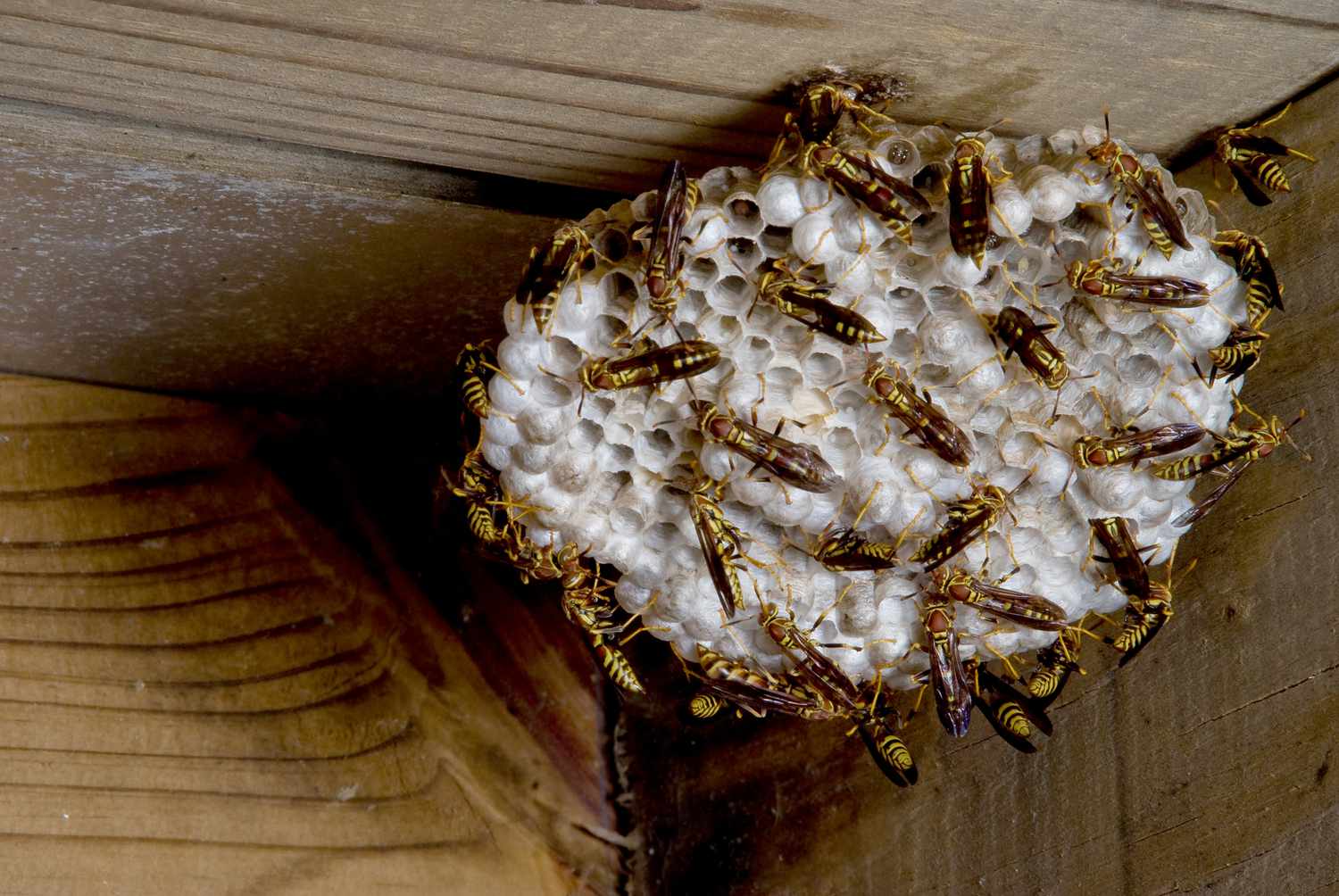
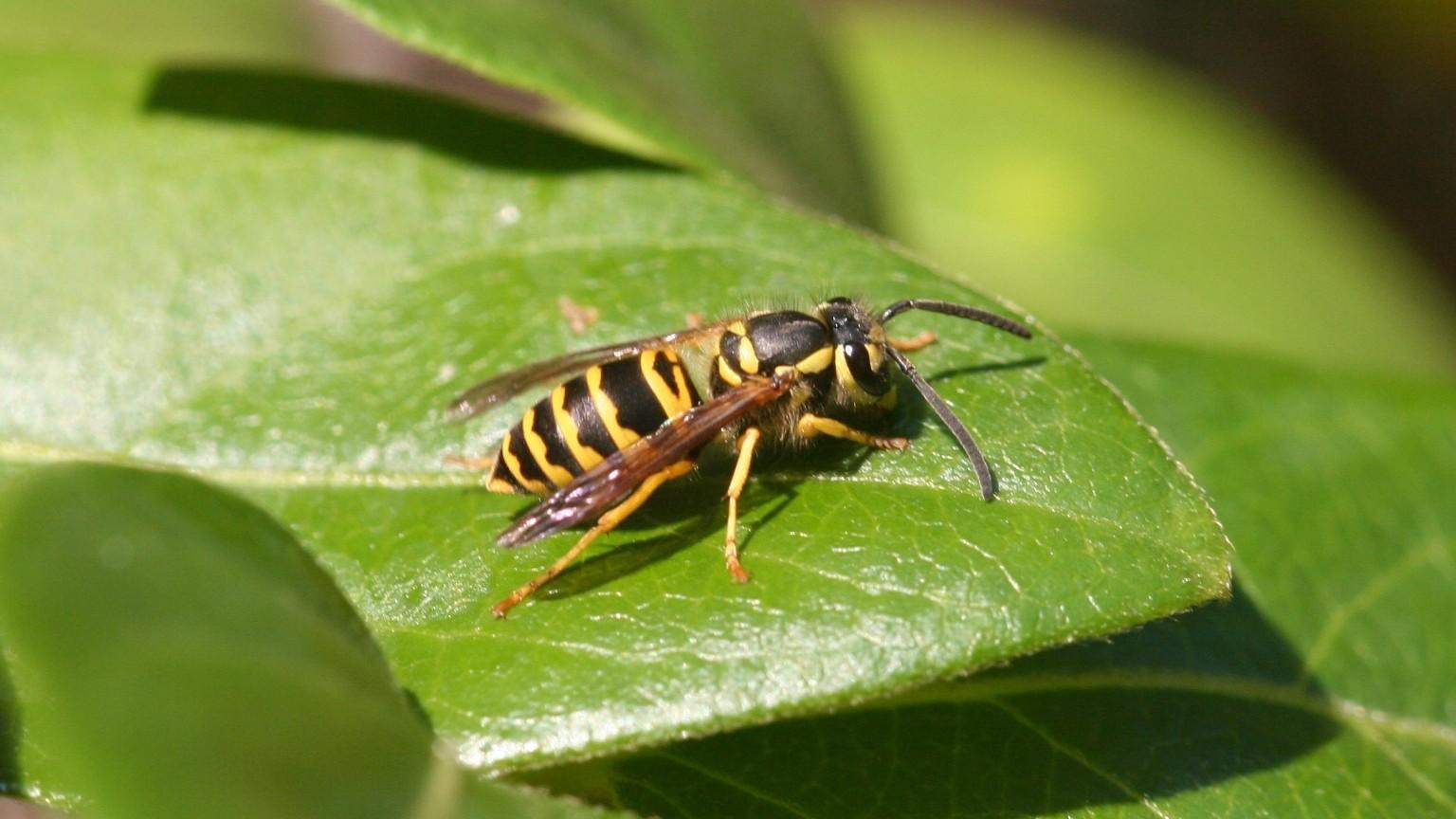
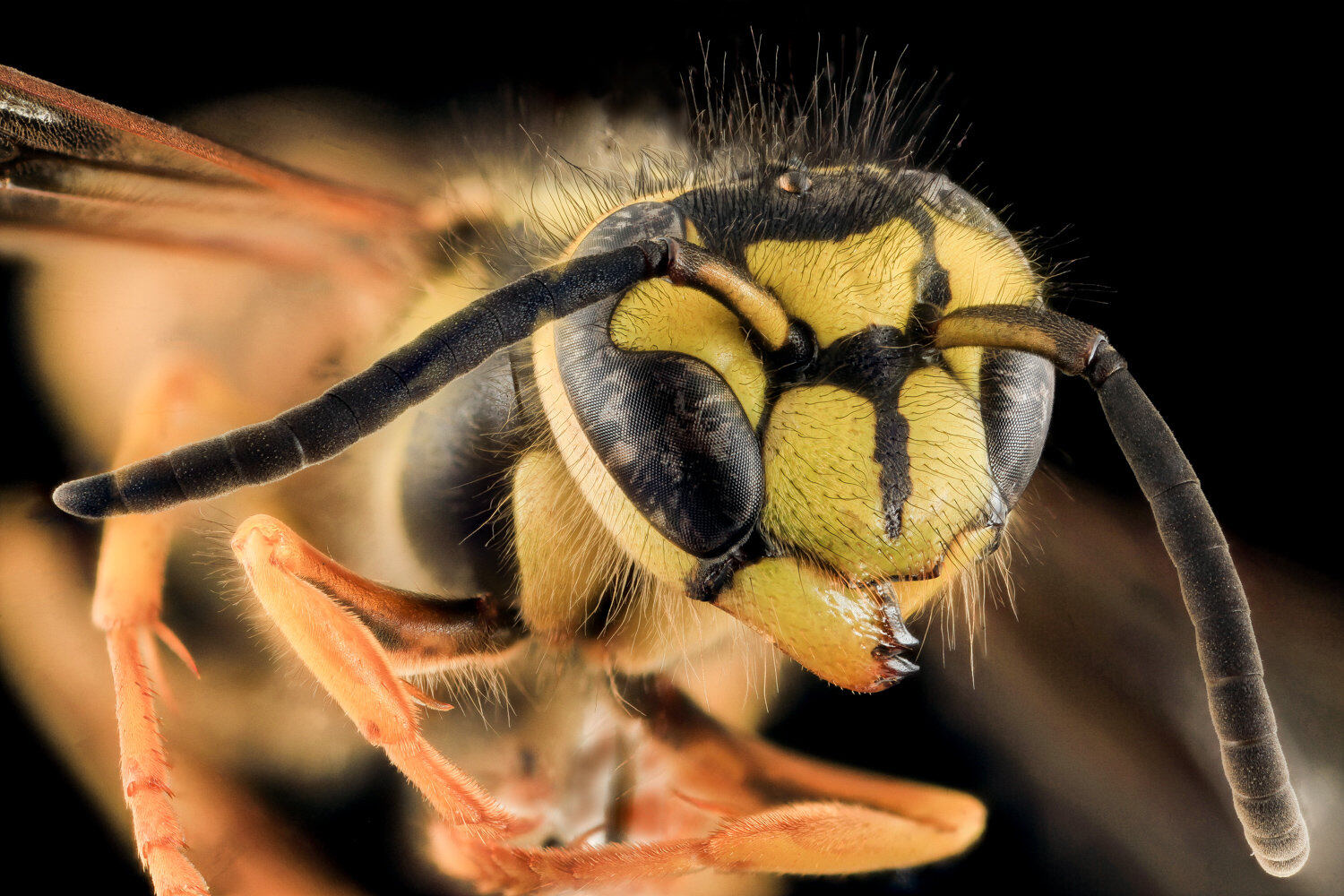
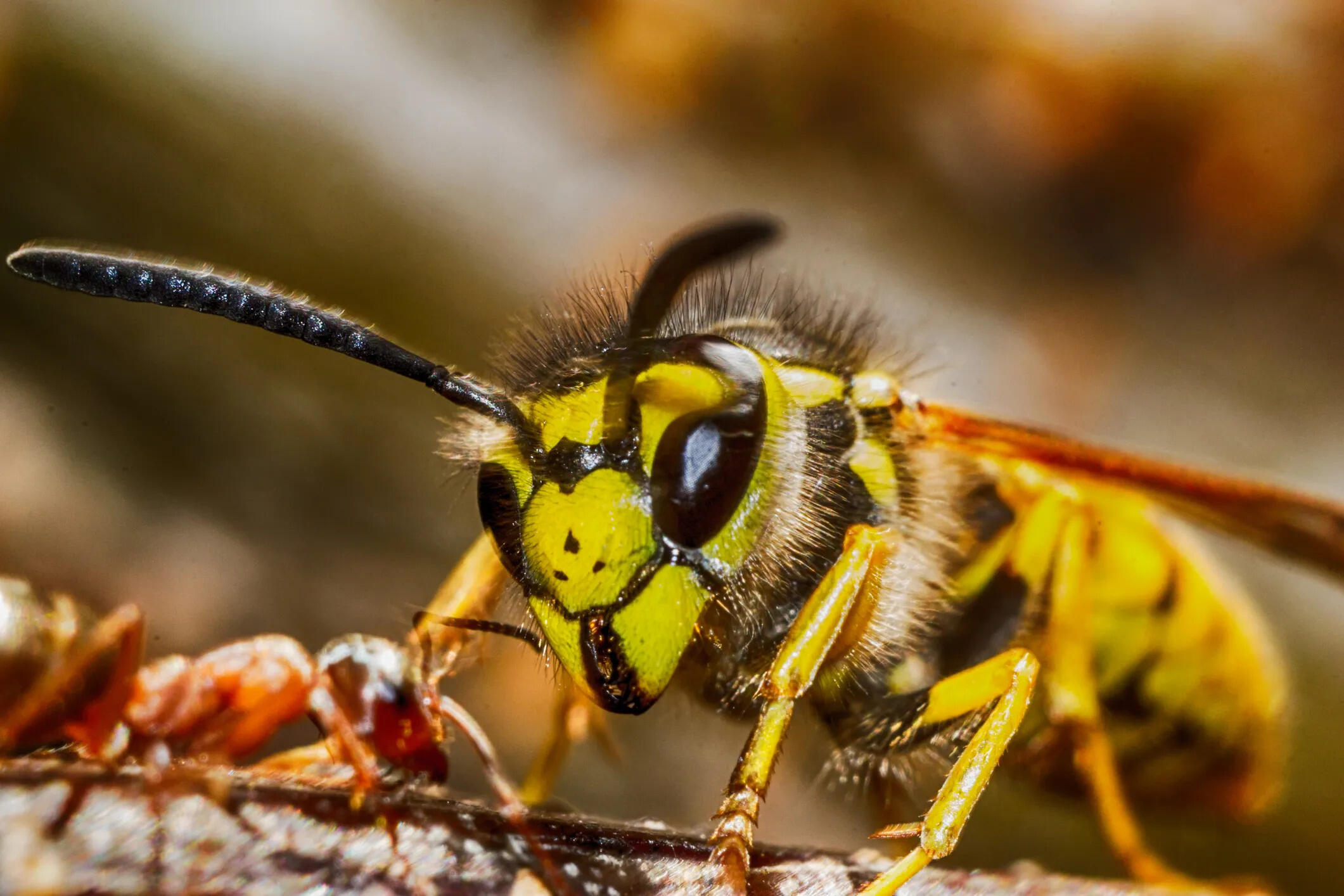
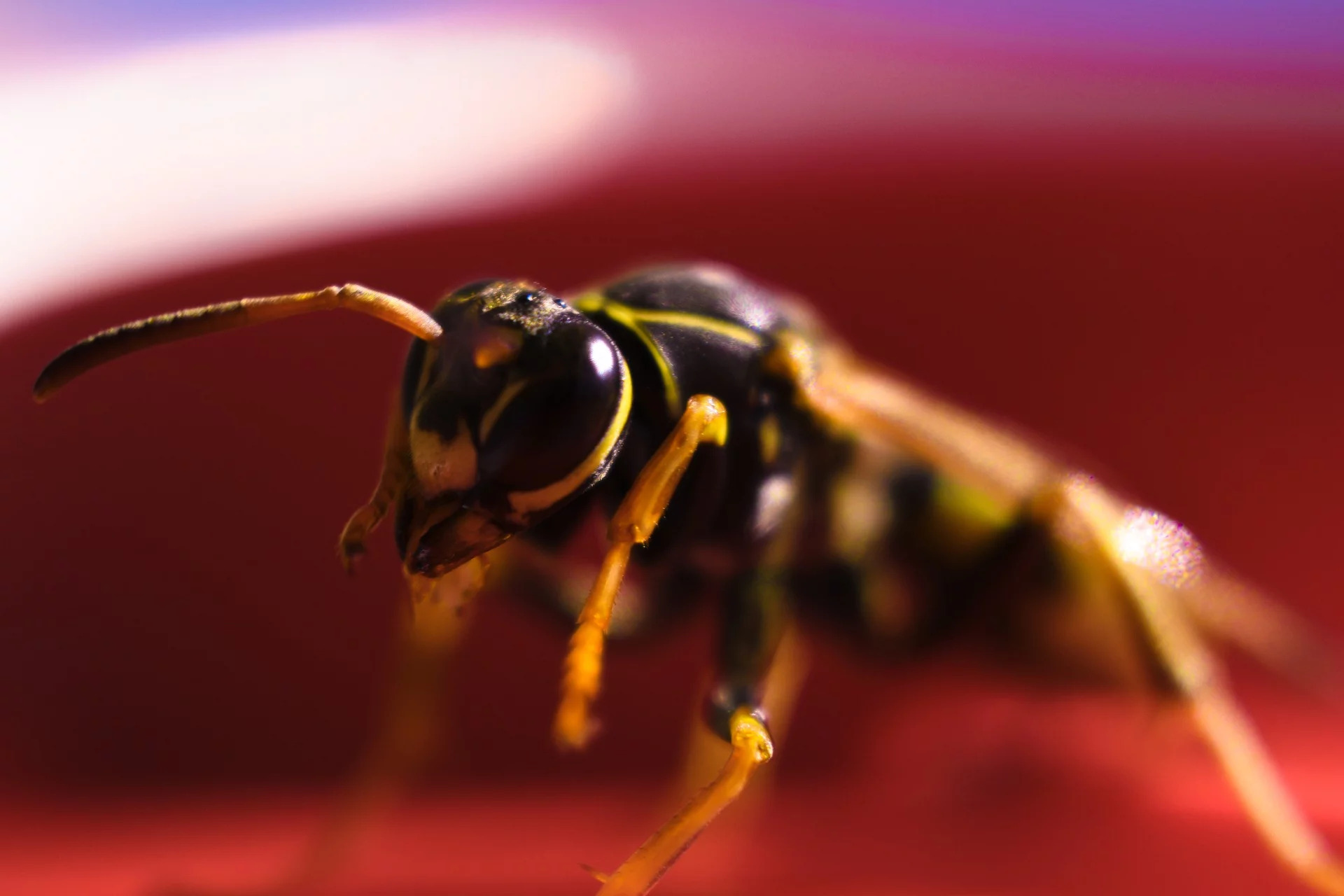
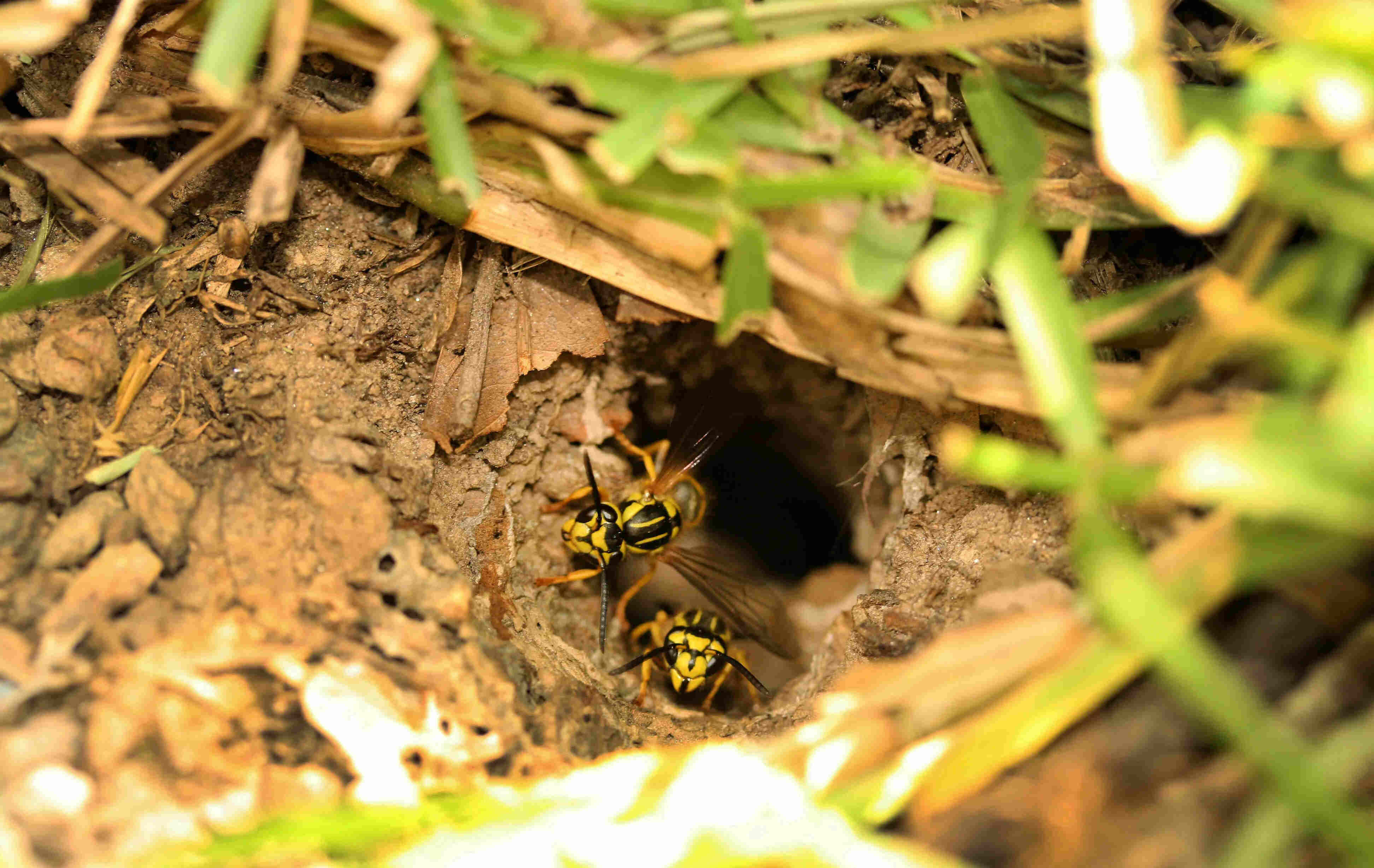
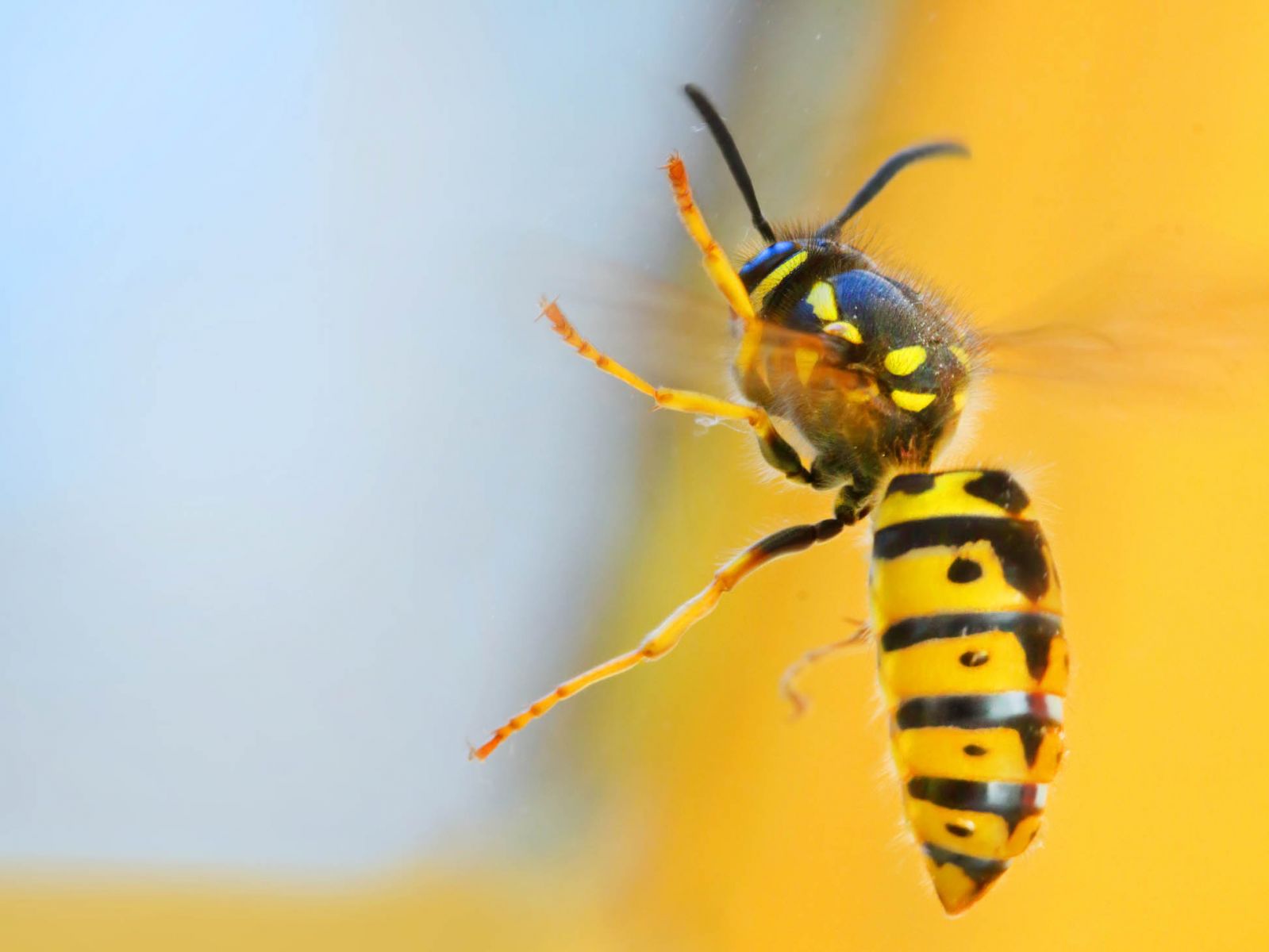
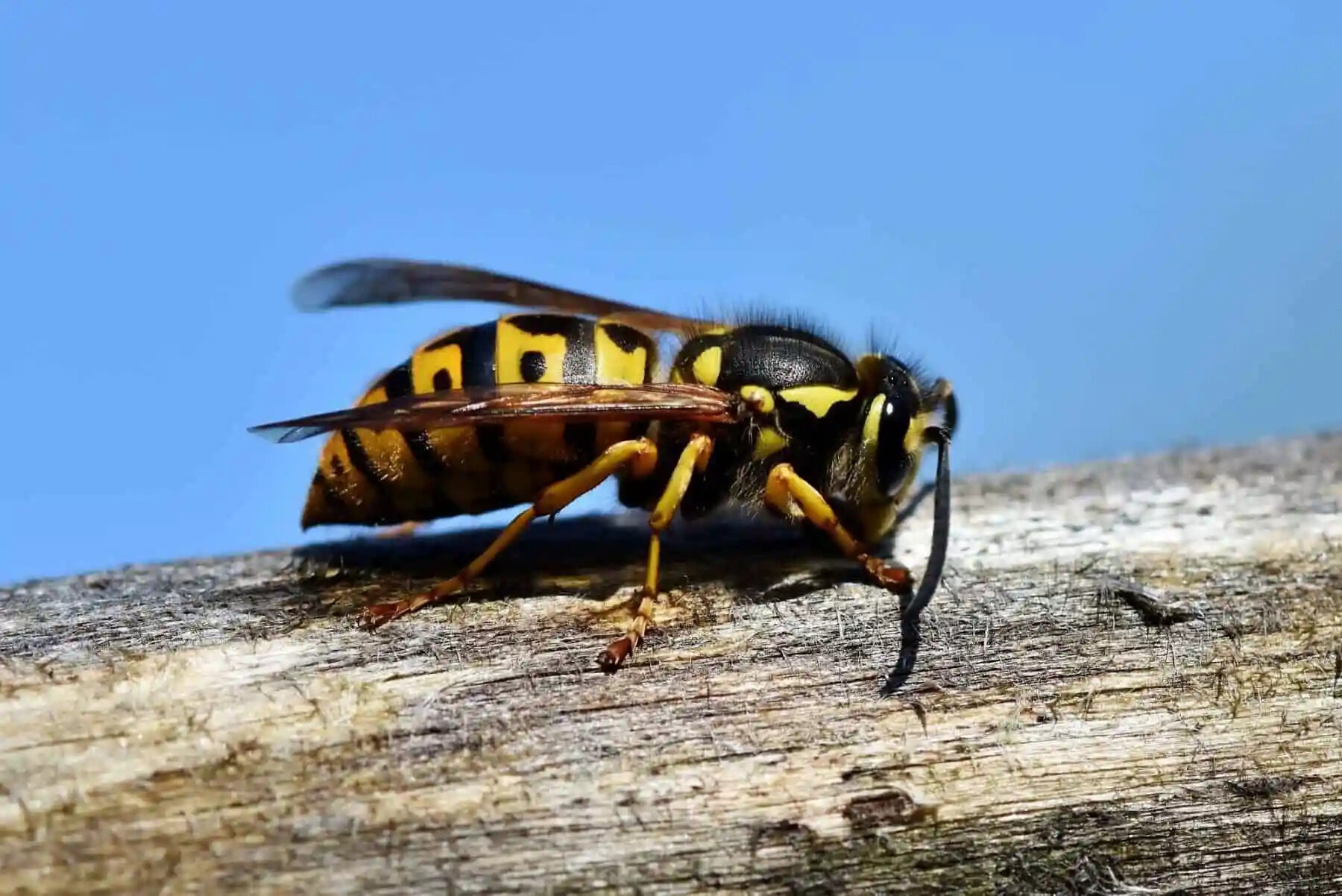

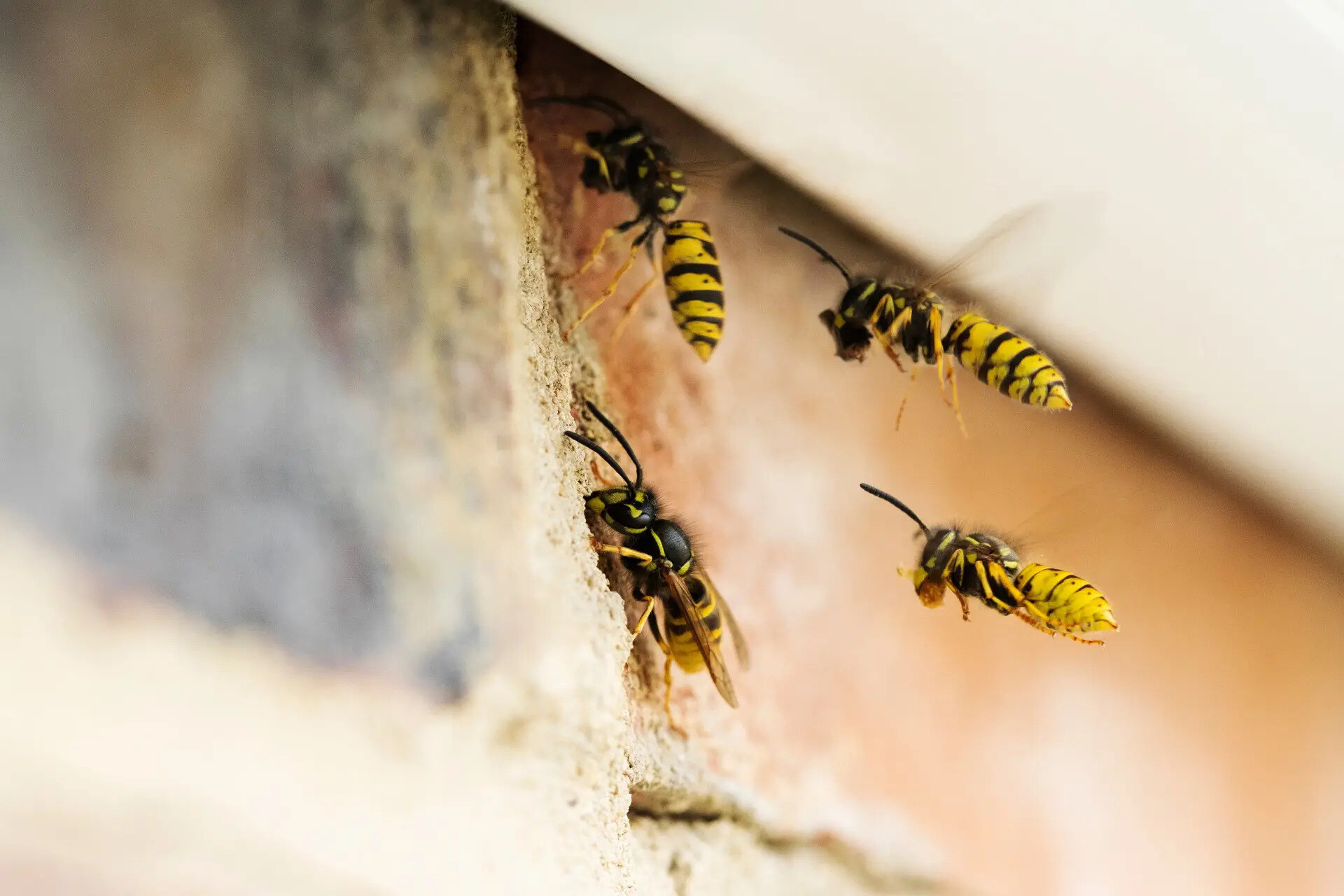
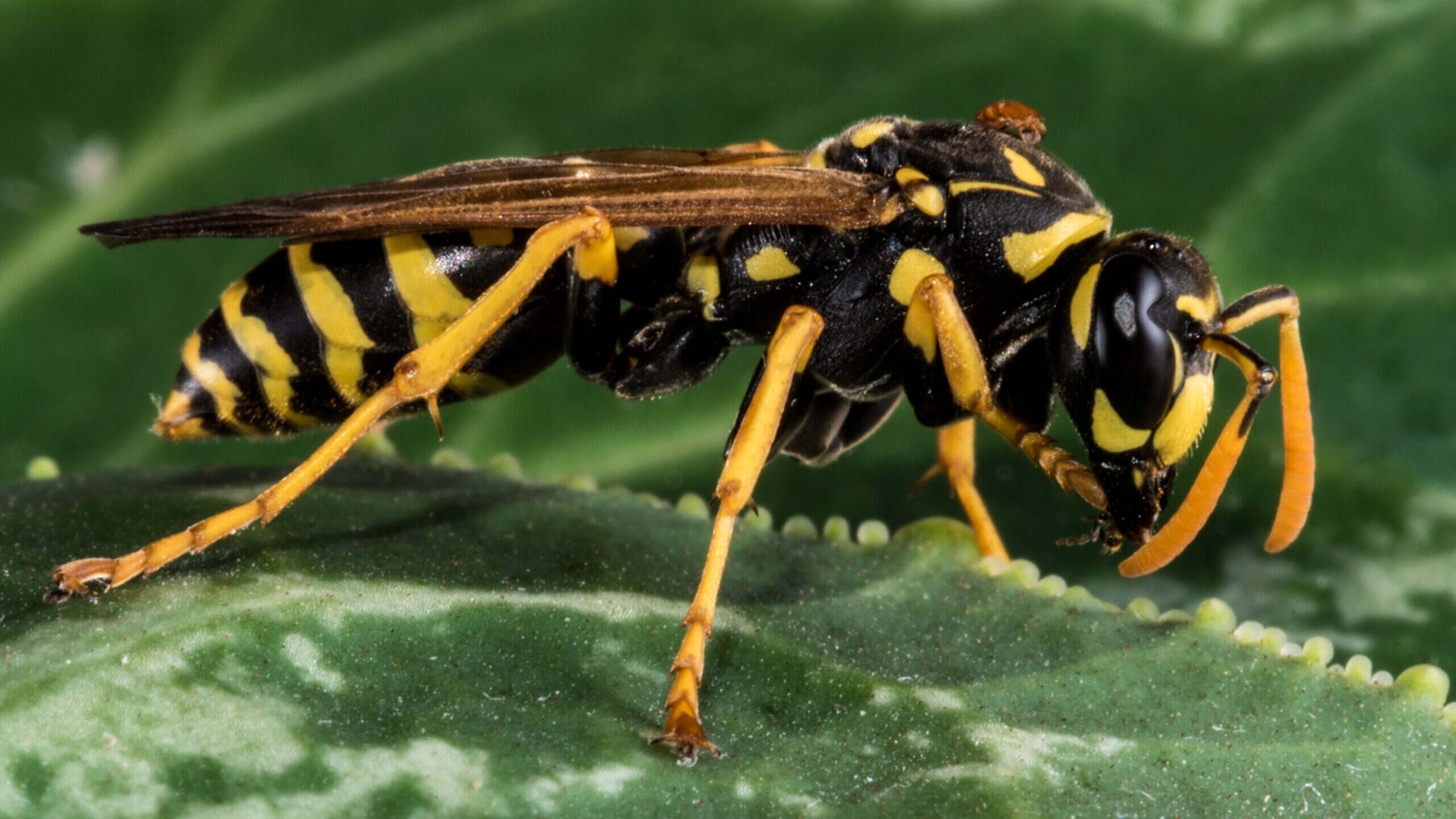


0 thoughts on “How Fast Can Yellow Jackets Fly”